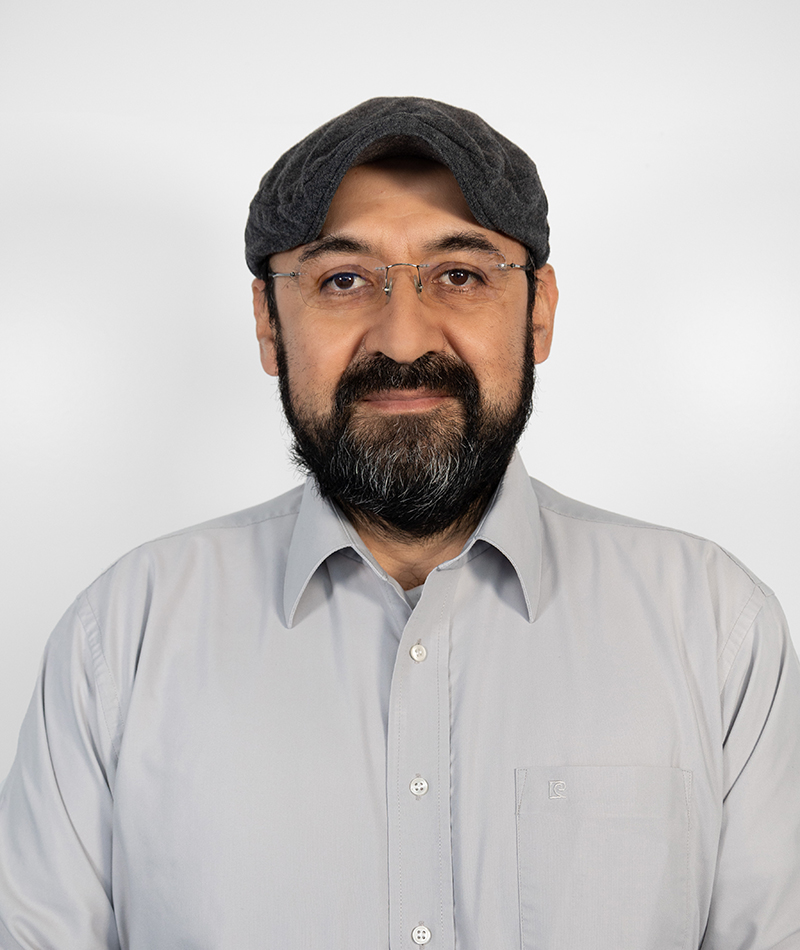
Navigation & Positioning (N&P)
Email: zabdiel.brito@cttc.catPhone: +34 93 645 29 00
Zabdiel Brito-Brito was born in Mexico City, Mexico, on April 12, 1976. He received a Ph.D. degree in Signal Theory and Communications from the Universitat Politècnica de Catalunya (UPC), Barcelona, Spain, in 2010 (Excellent Cum Laude). He is a Researcher at the Centre Tecnològic de Telecomunicacions de Catalunya (CTTC), and an IEEE Senior Member since 2021 and 2020 respectively. He has published 17 journal papers, 49 conference papers, one granted patent (2018), one international patent application submitted (2018), and one European patent submitted (2023), with an H index of 7 and more than 140 citations (WoS). He was the IEEE Guadalajara Section Secretary from 2019 to 2020, the IEEE MTT-S Guadalajara Chapter Chair from 2015 to 2018, the Financial Chair of the First IEEE MTT-S Latin America Microwave Conference (LAMC-2016, Puerto Vallarta, Mexico), as well as the Local Secretary Chair of the 20th SBMO/IEEE MTT-S International Microwave and Optoelectronics Conference (IMOC-2023, Castelldefels, Barcelona, Spain). He is a reviewer for the IEEE Transactions on Microwave Theory and Techniques, IEEE Transactions on Antennas & Propagation, and IEEE Transactions on Computer-Aided Design of Integrated Circuits and Systems with more than 70 verified reviews (WoS).
His research interest is to design, manufacture and test planar and 3D microwave circuits, including wireless communication devices and sensing technology using microwave signals. During his last years working at CTTC, He developed microwave wireless planar sensors, including design and fabrication using nanotechnology, electroplating, and lithography. He also tested at the laboratory using network analyzers, an anechoic chamber, and oscilloscopes. The sensors are designed using ADS and HFSS simulators and accomplished laboratory experiments for hydrogen gas and nerve agent detection. A VNA and test fixture are used for sensor measurements. For hydrogen gas detection, He has been involved in the creation of the Interdisciplinary Sensors and Microwave Devices Laboratory (ISMD Lab.) where a hydrogen generator, experimental chamber, VNA, electroplating equipment, and a 3D printer are available, among other things. A granted CERCA/Gínjol IPR protection application for nerve agent detection using microwave circuits and signals was submitted because of the sensors’ designs.
During his doctoral thesis, He developed reconfigurable filters for wireless communications that can tune all filter parameters, namely center frequency, bandwidth, and selectivity, using both diodes and MEMS to reconfigure the designs. The filters were designed using the ADS and HFSS electromagnetic simulators, in addition, these filters were manufactured and then measured and validated using a VNA with a CPW probe station where the results had very good agreement with the simulation.
Once He finished his doctorate, He joined the CAECAS (Computer-Aided Engineering of Circuits and Systems) research group where He continued with the design of high-speed circuits, systems, and high-speed interconnections. He carried out work related to optimization methods that allow designing systems to follow the required specifications in an automated way. As a result of this research, one granted patent was obtained, and one international patent application was filed. He also has experience with the design and modeling of mechanical and thermal effects in devices, using COMSOL and MATLAB. He collaborated with nanotechnology engineering researchers, in a sensor design project for the detection of diabetes where He worked on optimizing the response of the sensor from glucose measurements.
He has experience in Multiphysics work, with simulations performed in COMSOL, this experience was acquired while working on a research project with Intel Labs. In which the optimization methods are applied to the multi-physics effect of a cell phone antenna that modifies its radiation pattern due to human head proximity. To perform the optimizations using the simulators, drivers were developed in MATLAB for the remote control of ADS, HFSS, and COMSOL.
He has participated in projects funded by: AGAUR (Generalitat de Catalunya, Spain) from 2007 to 2008, MEC (Ministry of Education, Spanish Government) from 2007 to 2010, Intel Corporation Systems Research Center Mexico from 2011 to 2014, COECYTJAL (Jalisco Government, México) from 2019 to 2020, CTTC internal competitively awarded project “Ultra-low-cost microwave sensor tags for the IoT” from 2021-2023, and by CERCA/Gínjol project “Nerve agent detection using microwave circuits and signals” at the CTTC from 2022 to 2023. He is currently participating in the CH2S industrial project – “Compact hydrogen gas sensor prototype” and the “6G Hardware Enablers for Cell Free Coherent Communications & Sensing” for the Horizon Europe project JU-SNS-STREAM-B-01-05, 2024-2026, where the CTTC is the project coordinator. Moreover, He participated in the project proposals “EvolvAble 6G experimentaL infrastructurE” for the Horizon Europe JU-SNS-2024-STREAM-C-01-01, “Urban CBRN-E Swift Threat Detection Using Wearable Wireless Sensors” for the Horizon Europe DRS-cluster 3; “6G Joint Sensing and Communication Applications at mm-waves and sub-THz Frequencies” for UNICO I+D 6G; and “Detecting Chemical Agents and Explosive Gas Through Efficient Compact Wireless and Wearable Sensors” for the NATO SPS MYP, within the CTTC.
His experience in designing, modeling, optimizing, and testing microwave circuits for communications and sensors includes performing laboratory experiments for hydrogen gas and nerve agent detection. He can design and implement microwave passive devices for communications e.g., filters, antennas, and sensors applied and focused on the development of devices for wireless communications and sensing technology using microwave circuits and signals currently developed at CTTC. He oversees the Interdisciplinary Sensors and Microwave Devices Laboratory (ISMD Lab.) at CTTC since 2023. He has advised two graduated Ph.D. students and several graduated B.Sc. and M.Sc. student dissertations.
